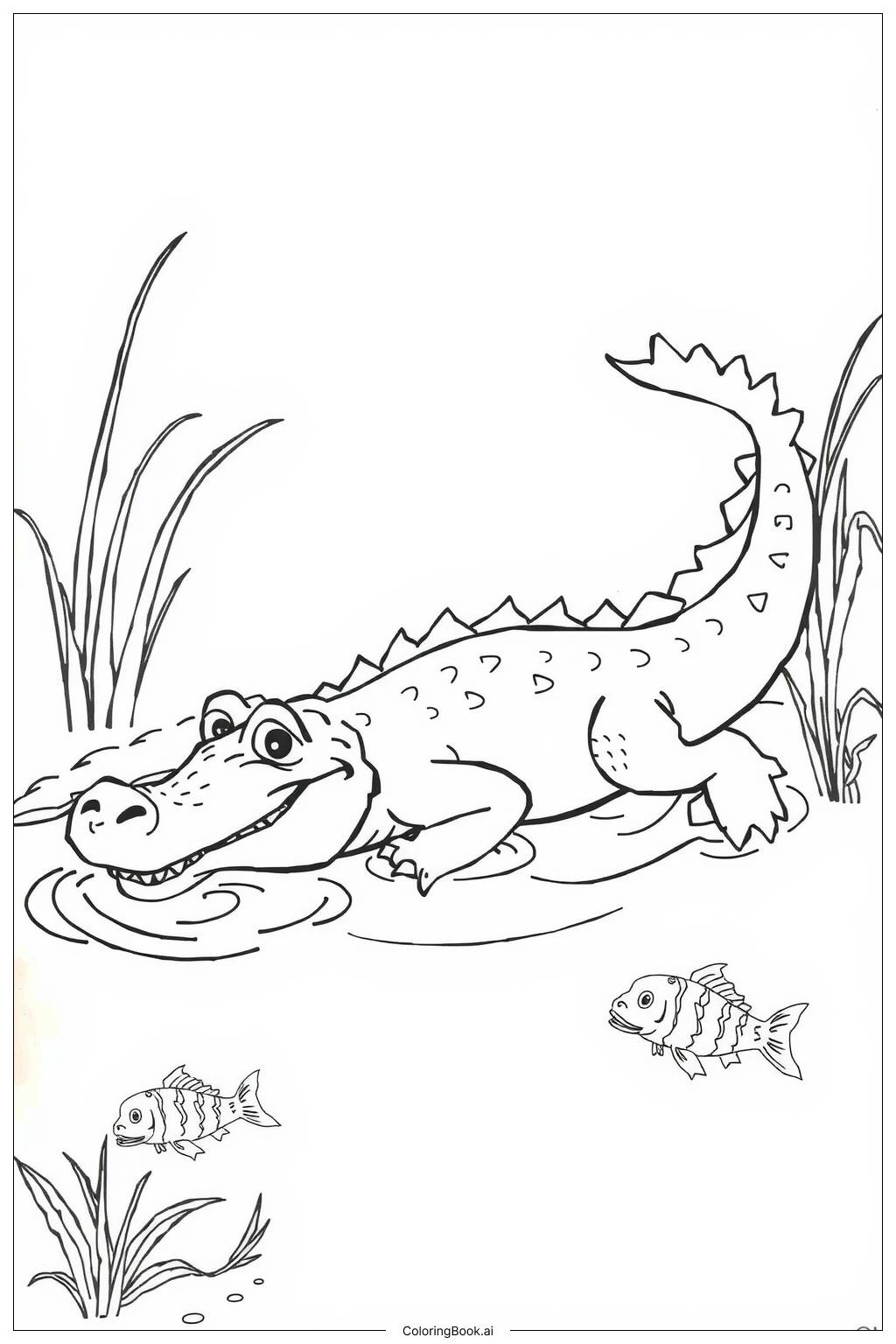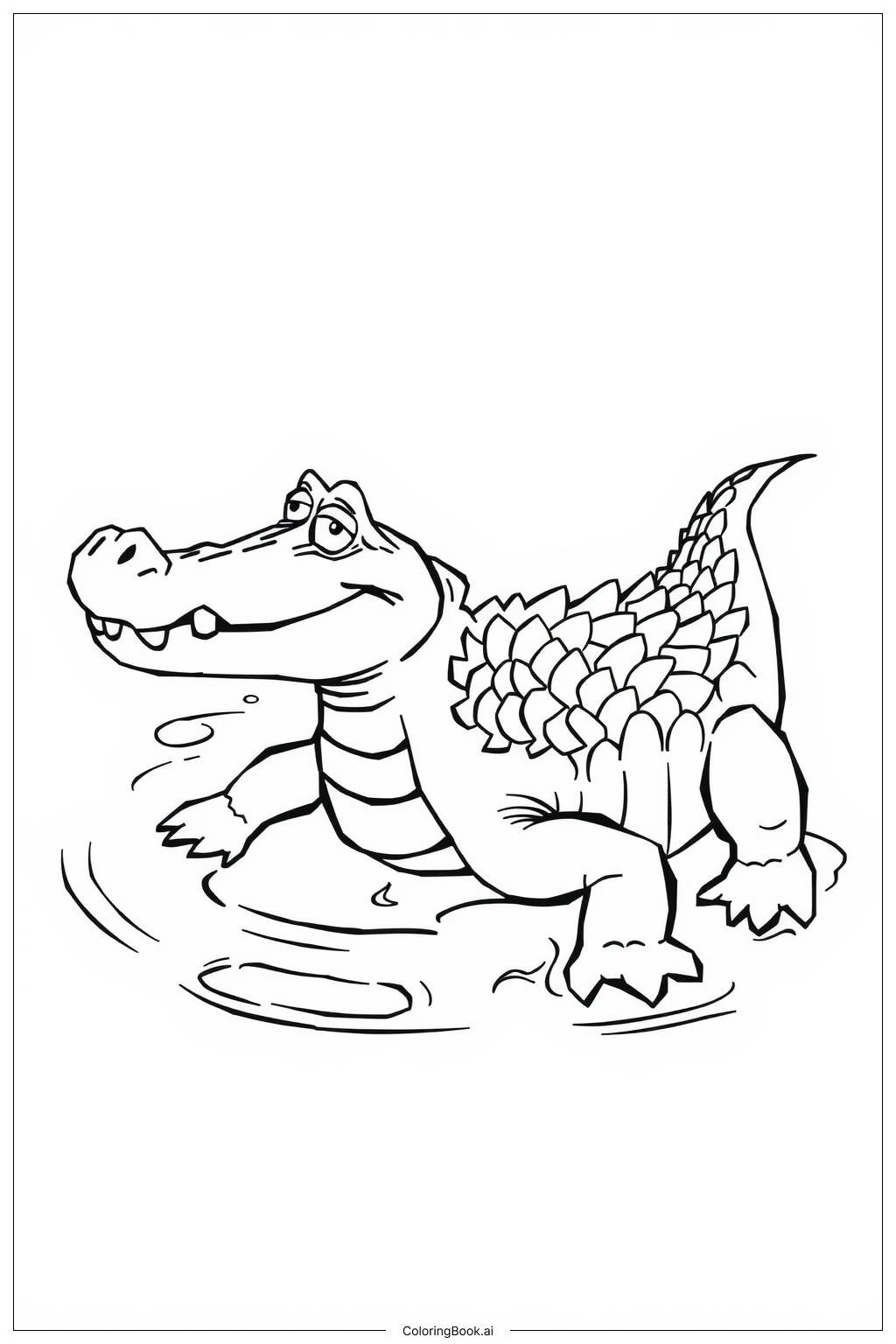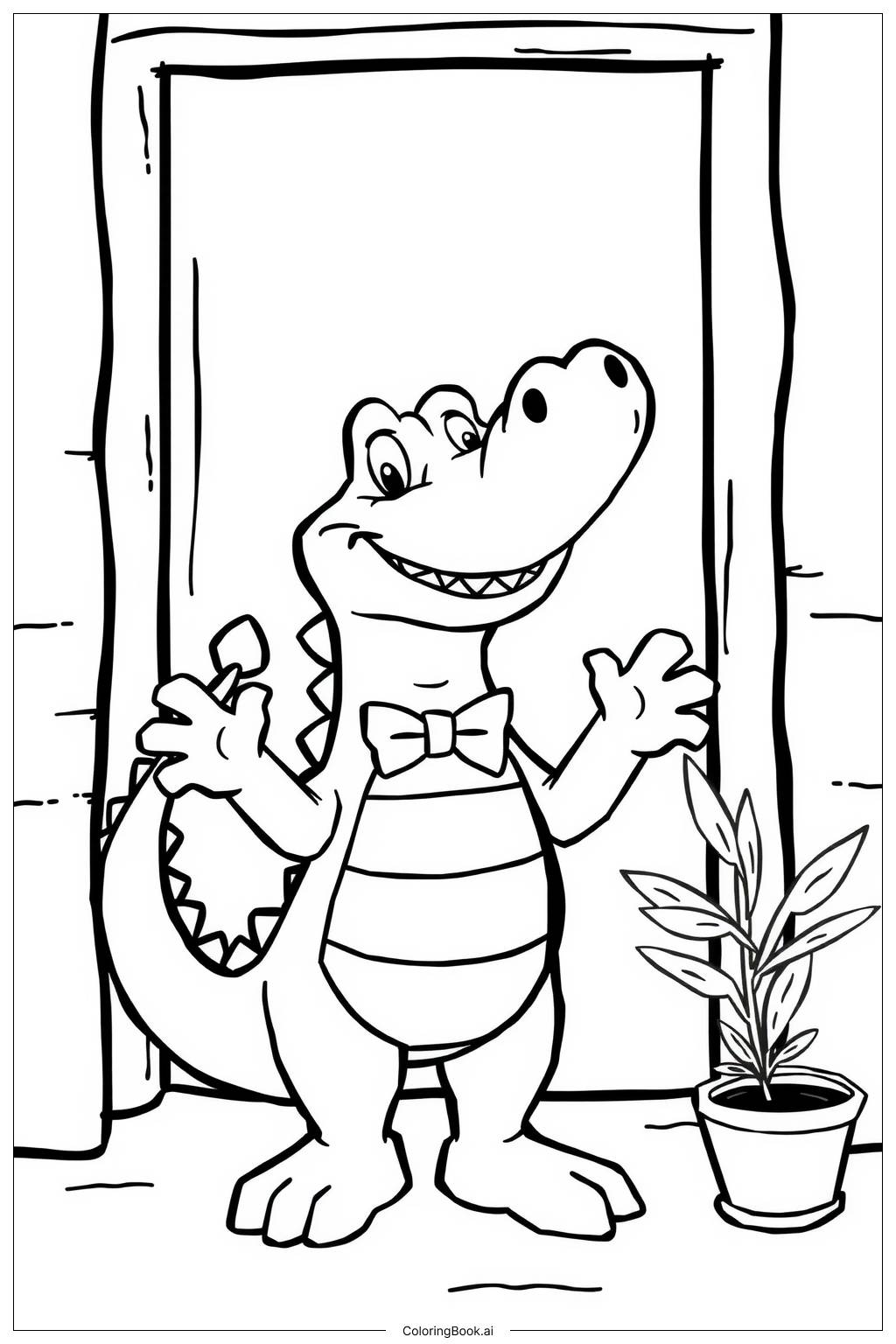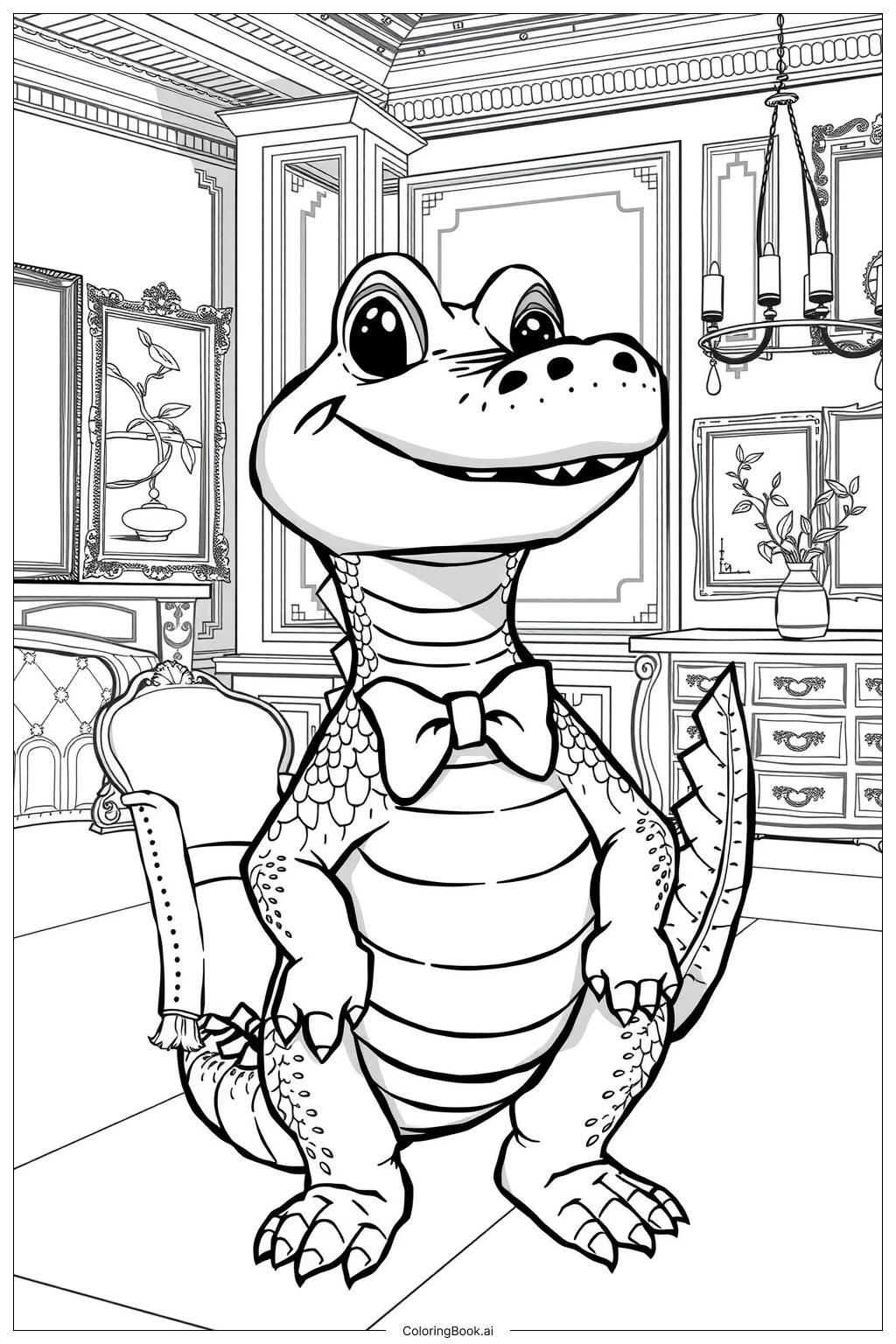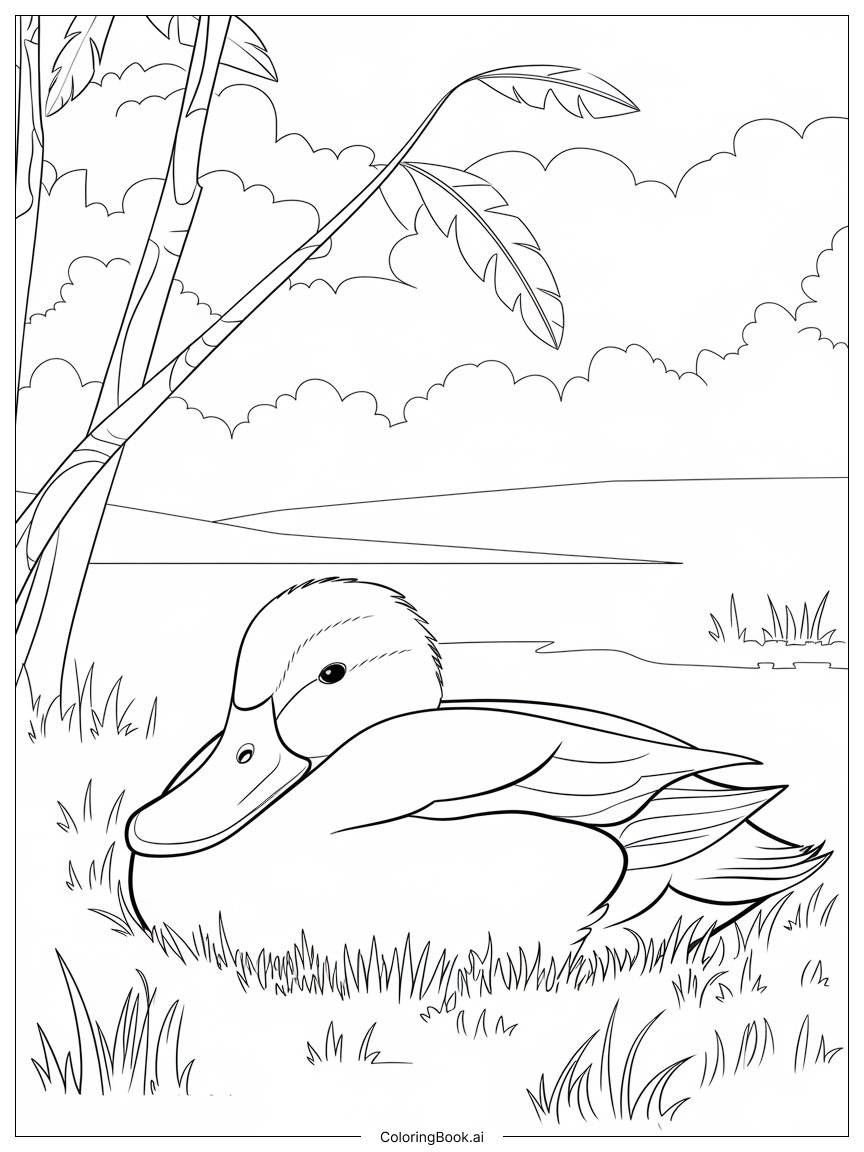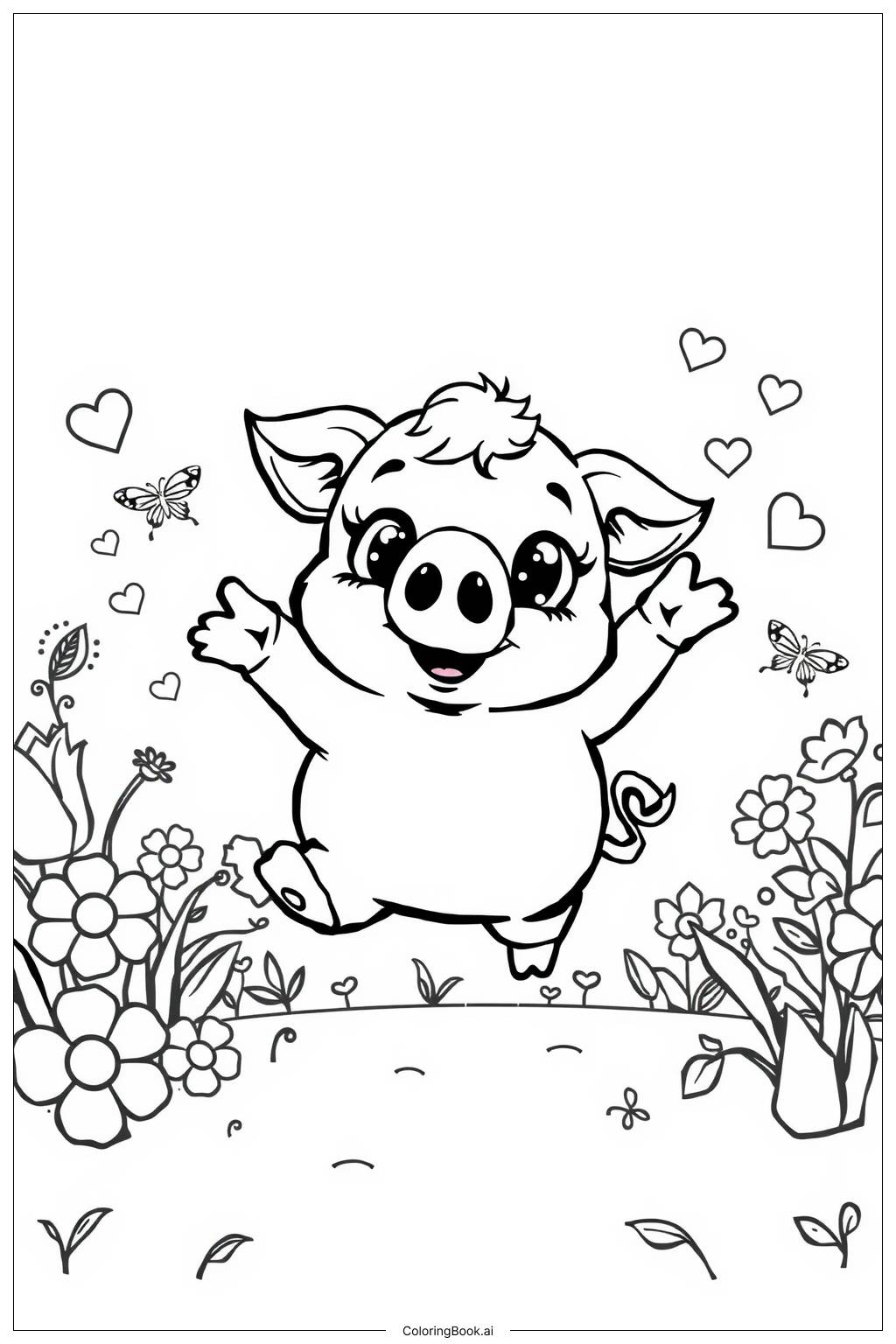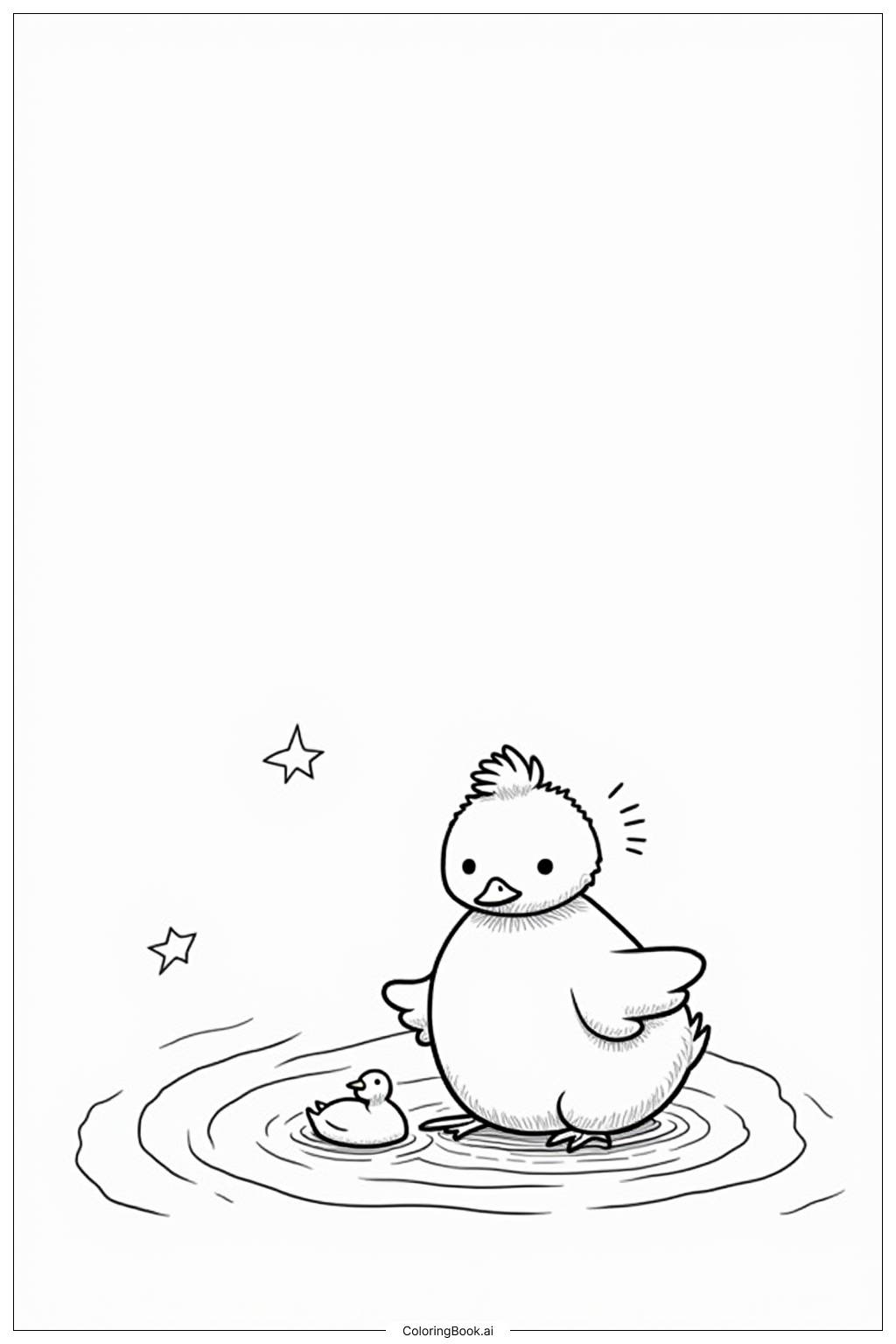Coloring tips: How to color Crocodile Hunting for Dinner coloring page well?
When coloring the crocodile, you can use green shades for its body, like light green and dark green, to give it a natural look. The scales on the crocodile’s back can be colored in a lighter tone for contrast. The water in the pond can be colored in blue or light blue, while the grass can be a bright green. You can add some shading to create depth in your coloring. The fish can be colorful, too. Use bright oranges, yellows, and blues to make them stand out. Don’t forget to make the crocodile’s eyes bright and friendly!
Coloring challenges: Which parts are difficult to color and need attention for Crocodile Hunting for Dinner coloring page?
1. Color Blending: Blending different shades of green for the crocodile can be tricky. Kids may find it hard to get a smooth transition. 2. Detail in Scales: The crocodile has many scales that require careful coloring to avoid coloring outside the lines. 3. Water Effects: Coloring the water to show ripples can be challenging. Kids need to think about how to create the appearance of movement. 4. Color Choice: Choosing colors for the fish and the surrounding nature can be confusing. Children might struggle to pick colors that complement each other. 5. Shading: Adding shading to parts of the crocodile and plants requires a bit of practice, which might uplift the difficulty level.
Benefits of coloring books: Advantages of drawing Crocodile Hunting for Dinner coloring page
Coloring this picture is a fun activity that encourages creativity. Kids learn to choose their favorite colors and combinations. It helps improve fine motor skills as they practice staying within the lines. This activity can also boost concentration since kids must focus while coloring. By coloring the crocodile and its environment, children can learn about nature and wildlife. It also allows children to express their feelings and stories through their artistic choices.
